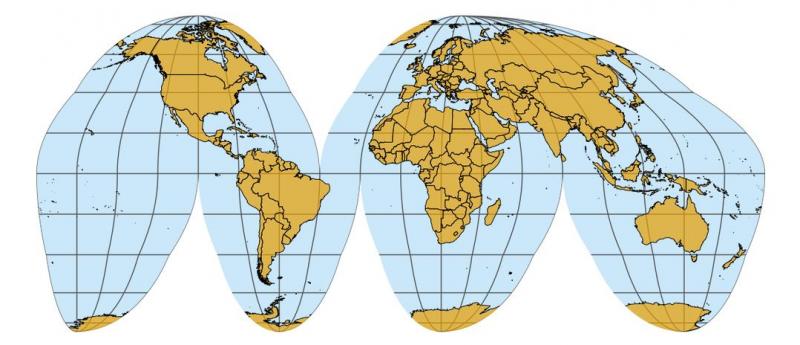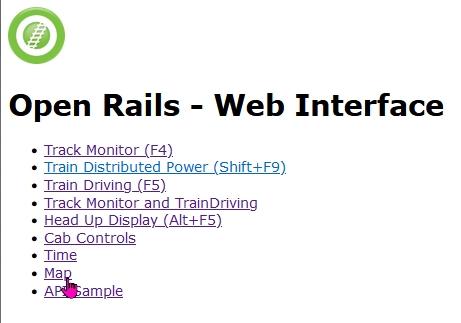 Siebren, on 18 November 2022 - 07:21 AM, said:
Siebren, on 18 November 2022 - 07:21 AM, said:
I have not much knowledge about these different projections.
The conversion to this latitude/longitude is done in Source\Orts.Simulation\Common\WorldLatLon.cs. In
https://bugs.launchp...or/+bug/1393111 from 2016 I found a description of a bug in this code. However it was never solved. If I use the numbers:
int ul_x = -20013965; // -180 deg in Goode projection
int ul_y = 8674008; // +90 deg lat in Goode projection
found in this bug description results are much better. Still not 100%.
Yes, this change which you have now
submitted in PR 748 was not applied back in 2016.
To check accuracy, the easiest method is to find a station or known location and use the Open Rails compass (Key 0) to find the values given by Open Rails. Of course, it's possible that route creators have introduced errors in positioning their assets, so a better alternative is to open the route in the MS Route Editor and add a marker at a given lat-lon corodinate. Then use Open Rails to travel to that marker and read its coordinates with the compass.
The 2 constants that Open Rails uses are an attempt to match MSTS as closely as possible. This would be easier if MSTS used the constants in the official documentation for the Goode Homosoline projection. Sadly it doesn't, so we have an error.
Goku's TSRE uses exactly the same constants as Open Rails (James compared the sources), so the Open Rails compass should return the exact lat-lon for a route built using TSRE. Would anyone with such a route like to confirm this, please? (Again, assuming the route was built with no errors in positioning assets.)
Siebren is proposing that we adopt the constants first suggested in 2016. These are available to you in the Unstable Version so that will give different results from the Testing and Stable Versions which have not changed. The proposal would take Open Rails closer to MS Route Editor but open up a difference with Goku's TSRE.
This is a worldwide change so, before we can adopt this proposal, I think we ought to check that it does not have a bad effect in other parts of the world.

Looking at the Goode Homolosine projection above that MSTS and Open Rails use, I would expect the maximum errors to be found away from the Equator and in regions where the lines of longitude deviate more from the vertical.
I would welcome feedback comparing Testing and Unstable Versions for known locations in
- Australia
- South Africa
- Japan
- Moscow
- Scotland
- New York
- Vancouver
- and (for a location where the projection has negligible distortion)
- Texas
 Siebren, on 16 November 2022 - 07:35 AM, said:
Siebren, on 16 November 2022 - 07:35 AM, said:

 Siebren, on 16 November 2022 - 07:35 AM, said:
Siebren, on 16 November 2022 - 07:35 AM, said:


 Aldarion, on 25 November 2022 - 12:48 AM, said:
Aldarion, on 25 November 2022 - 12:48 AM, said:
 Siebren, on 18 November 2022 - 07:21 AM, said:
Siebren, on 18 November 2022 - 07:21 AM, said:



 Siebren, on 04 December 2022 - 03:06 AM, said:
Siebren, on 04 December 2022 - 03:06 AM, said:

 cjakeman, on 04 December 2022 - 11:41 AM, said:
cjakeman, on 04 December 2022 - 11:41 AM, said: